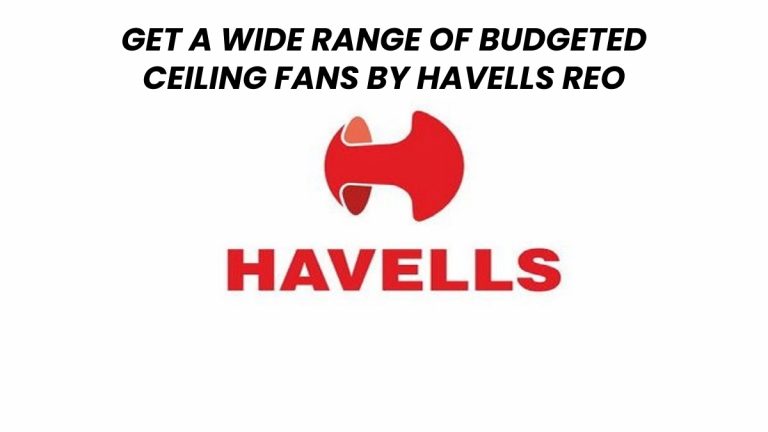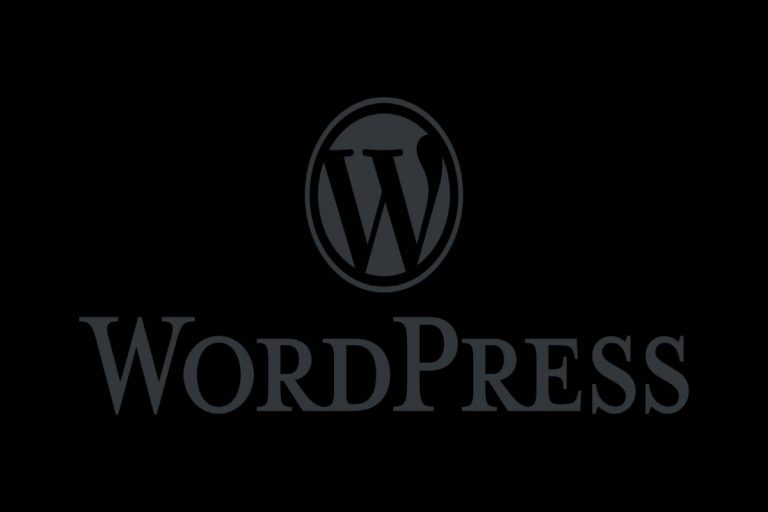Having a WordPress website of your company or a personal blog is all about traffic and marketing – you want to make it more popular and get more people to convert to customers and hope for the best.
Landing pages are usually the pages that drive traffic instantly and have the potential to increase your conversions overall if handled correctly. A leading WordPress agency such as DevriX can be of great help to make sure your site and landing pages are built to have excellent performance.
As there is a lot of misinformation on what works and what doesn’t to be taken with a pinch of salt, keep reading to find out what landing page myths there are out there, and the true solutions to them.
Choosing the Best WordPress Hosting is crucial not just for general site performance but also for maximizing the effectiveness of your landing pages. By debunking these common myths, you can better understand the importance of investing in high-quality hosting to ensure your WordPress landing pages perform optimally.
You Leave The Landing Page As It Is
Same as most things in life, if you want a good result, you have to put in the effort. Same goes for landing pages on WordPress – you need to create a few different samples and split test them to compare the results.
What design brings you more conversions, do site visitors prefer a short or a long form, what about the color of the CTA button? These are just a few of the things you need to delve into before you make a decision.
Tools you can use to do A/B split testing on WordPress are Google Optimize, WordPress Calls To Action, WordPress Landing Pages and many others.
You Only Need A Few Landing Pages on Your Site
Perhaps you believe it only makes sense to bother with creating a landing page on your ‘Order’ and ‘Contact Us’ pages? Unless your business is packed with customers to the extent you can’t take any more, you need to invest in landing pages big time to make your lead generation efforts count.
They are opportunities to bring more traffic to your WP website, and this goes with more visitors who (hopefully!) turn into leads who end up as paying customers. Each landing page is indexed separately by Google which benefits your site’s SEO. SEO on WordPress is quite easy – just download the Yoast SEO plugin and do the recommendations.
Also, let’s not forget the importance of off-page SEO known as link building. The more landing pages your site has, the more chances you have to build high authority links to each one which will save a potential lead a step. After all, the whole point of a company website and landing pages is to bring more prospects who convert.
Last but not least, landing pages make conversions measurable – how many people filled in the form, clicked or bounced on an offer? In order to monitor and act on the positive results, you need to have a testing ground.
Short Forms On Landing Pages Are Better
Like the first two myths, this one sounds pretty reasonable at a first glance, right? The more information fields the visitor would have to fill, the more likely it is for them to just leave the page. Well, not necessarily. As discussed above, split testing and analytics are key here so it really depends on the nature of the business and its customer personas’ needs and wants.
For example, if the landing page you’ve built is prompting people to sign up for your newsletter, you really only need their emails, not even their full name, let alone mobile number, address, job role etc.
However, if your business is an insolvency practitioners firm, you would really need some more information from a lead because of the specificity of the services you provide. Do they have a debt management problem or are they looking to invest? Are they a sole trader or do they own a company? In this case, apart from the email, you’d probably need their number and some details on their situation so you can call back and potentially arrange a face-to-face consultation.
Conversion Rate Is The Ultimate Metric for A Landing Page
While conversion rate is indeed an important metric to track and keep into account, it doesn’t really say much if analyzed on its own. Essentially conversion rate demonstrates the percentage of a page’s visitors who take the desired action.
As typically landing pages are pretty much to the point and serve one single purpose (like a Black Friday offer, or a new webinar sign-up form), the conversion rate doesn’t really show the percentage of people who actually become customers or take the desired action and then unsubscribe.
Therefore, you shouldn’t focus only on increasing the conversion rate of your landing pages as it is not an indicator of the success of the page itself. To maximize your wins, monitor the behavior of visitors before and after they land on the page. How did they end up there, what is the route that gets you the most number of sessions, have you segmented them and worked out the steps for each group?
Copying Good Landing Pages Guarantees Success
If a landing page is performing well, why not copy it on your website? Although it makes sense at a first glance, there are plenty of factors you need to consider before bluntly copying someone else’s hard work.
First and foremost, Google hates duplicate content and the least you can get as a result is poor SEO rankings. Or end up with a penalty that would affect your entire website. Either way, you would be at a loss so it is not recommended to take such risks.
Instead, do your own research and gather examples of landing pages that have a concept similar to yours. Make sure the companies they belong to have services similar to yours. Analyse what you have found and use elements and features you liked making them your own. That way, you avoid copying but instead, get inspiration and tweak these ideas to your specific goals.
Of course, there are golden rules about what makes a landing page successful that everyone follows – so, sticking to them is going by the book rather than copying someone’s work.
Work
Some of these include:
- Clear and comprehensive value proposition combined with a defined call to action – with landing pages, it’s all about the conversions on your new campaign/ sale/ product launch/ webinar/ course/ newsletter etc. Hence, cutting straight to the point and telling your potential prospects what your solution to their problem is, how it will adds value to their ways and how to get it are a must (what, why and how);
- Visuals – it’s a well-known fact that visual content keeps your audience on for longer; it is more absorbable by people and search engines.
- Reviews, badges and testimonials – having social proof on your landing page to back up your brand is invaluable
- Optimize for page speed and mobile – it’s a shame to put all your efforts building a landing page if it takes too long to load. Not only does it increase the bounce rate of the page, but it also affects your position on SERPs. Also, optimize the page for mobile as this is a ranking factor, too. According to Statista, mobile internet traffic is more than 55% of the total web traffic worldwide – make sure you don’t lose these potential customers.
You Shouldn’t Insert Outbound Links On A Landing Page
External links on your landing page can indeed damage your conversion rates as they could distract the site visitors from your call-to-action.
Having said that, links on landing pages can be beneficial if handled correctly.
Unless your landing page content is above the fold, you could in fact boost traffic by including a navigation bar to ease the prospects through the rest of your website.
Also, if you are a services company or have an eCommerce store, including links to customer reviews and testimonials could add just the right amount of word of mouth validation that a lead needs to become a customer that trusts your brand. According to Cience, 54% of top landing pages include testimonials.
Videos on Landing Pages Distract Potential Customers
Videos and visual content in general tend to be considered as good UX. However, if they affect the loading speed of a page or are quite irrelevant to the rest of the page content, your web page visitors will bounce on the spot never to be seen again.
As with all the myths explored above, of course it all depends on careful strategizing and research to utilize a video to your advantage.In Wizowl’s 2021 video marketing survey, it is stated that 93% of video marketers report that video gives them a positive ROI.
In order to make a video on a landing page work for you, you need to ensure it is on point and connected to the specific offer you advertise on the page. Otherwise, you risk distracting that user and pushing them off-page).
Also, as video typically requires more resources i.e. more time and money, repurpose it for other social channels to maximize results. Don’t forget to write a script before filming and include your CTA and cues across the content to make it easier for the user to know what to do.
Final Words
Building a landing page on WordPress can prove to be a very daunting task with all the misleading information out there. Make sure you split test, analyze, research and seek professional web developer’s help if in doubt.













